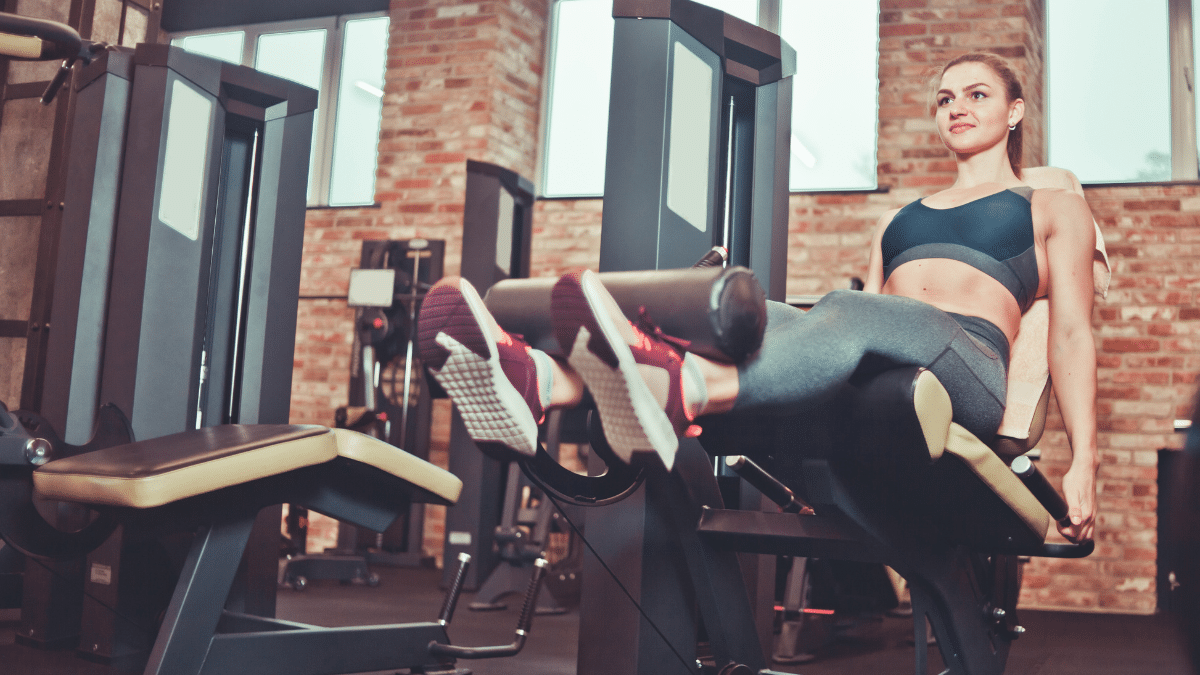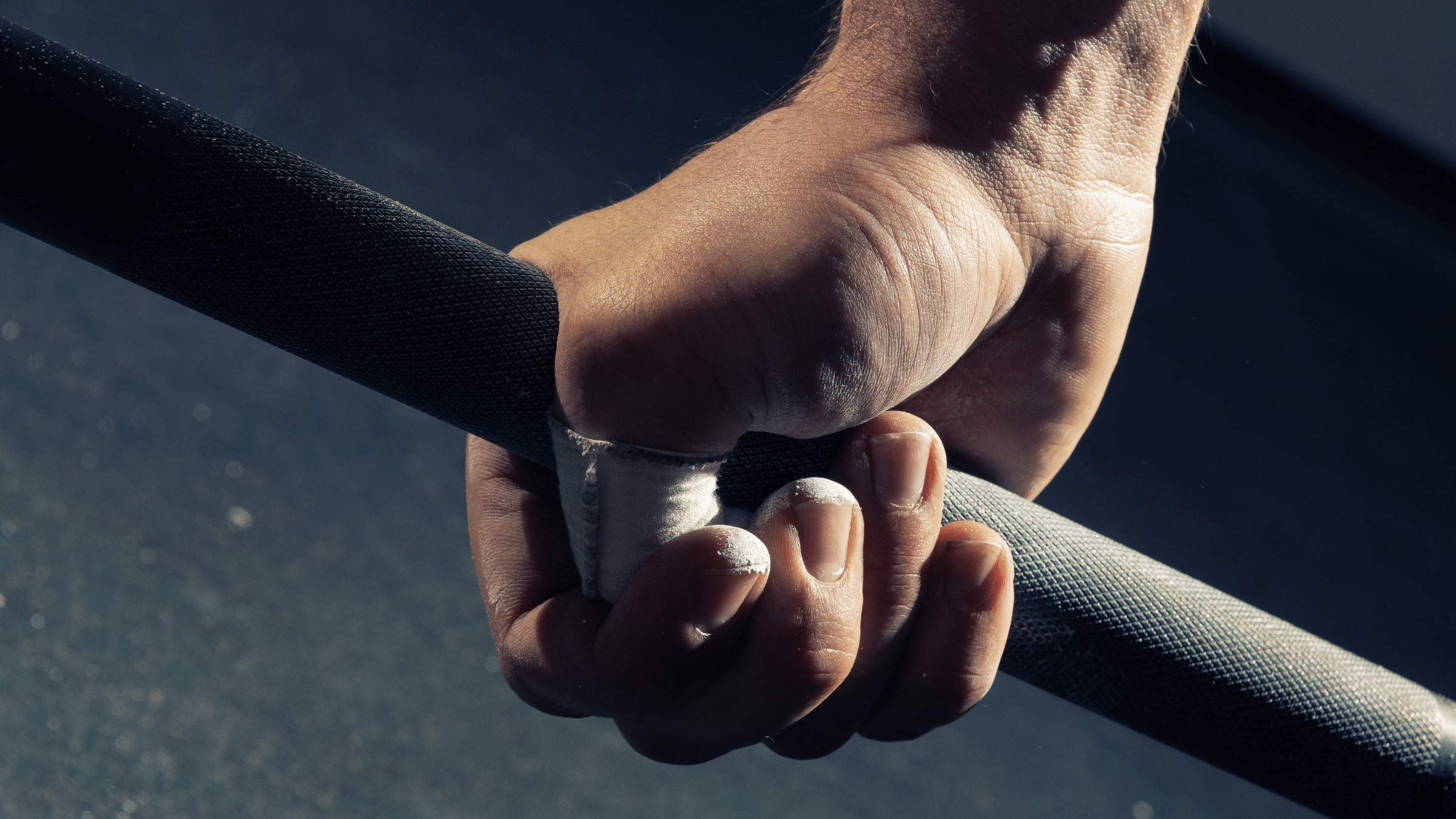A MUCH more thorough treatment of this subject can be found here: The Belt Bible
The belt vs. beltless discussion is a common one in the strength world, and is, in fact, one that I actually wrote about several weeks ago. What I have for you guys today is a study write-up to cut through the speculation and actually provide some data for the discussion. The study is titled “The Effectiveness of Weight-Belts During Multiple Repetitions of the Squat Exercise.”
A few notes about the study itself:
– It’s actually uses relatively strong subjects. Not world champions, but the subjects had to meet one of two minimum criteria: either an 8rm of 125.5kg (~277 pounds) or an 8rm of at least 1.6x body weight. So these guys at least had a little experience under the bar, which means the results are more apt to translate to people who have been lifting for a few years than if the study had been done on untrained people.
– They looked at a lot of different variables. They used a force plate to examine force output, they used a camera system to gather kinematic data (joint angles and how the body moved, essentially), they measured intra-abdominal pressure, muscle activation via EMG, and time it took to complete each phase of the lift (bottom of the lift to 90 degree knee angle, 90 to 135 degrees knee angle, and 135 degrees to full extension). This is good because it gives us a broad picture of how wearing a belt affected the movement as a whole, not just one variable.
– The subjects used the same load for both sets – their beltless 8rm. This is an important thing to point out. I’ll touch on its importance later.
What they found:
1. The “sticking point” became much more pronounced without a belt. Although there weren’t huge differences between total time it took to complete the eccentric and concentric portions of the lift with or without a belt, the period of the concentric with the knee angle between 90 and 135 degrees increased throughout the sets both with and without a belt, but increased significantly more without a belt. Of course, this is to be expected since the load used was the beltless 8rm, so it would be relatively less difficult with a belt than without.
2. There were no significant differences between belted and beltless with regard to kinematic and force plate data. HOWEVER, in both groups, the amount of forward lean increased across the sets, from a minimum of about 51 degrees to a maximum of about 46 degrees.
3. Intraabdominal pressure was 25-40% higher in the belted group, as opposed to the beltless group.
4. EMG data was taken for the vastus lateralis (a quadriceps muscle), biceps femoris (a hamstrings muscle), external oblique, and spinal erectors.
a) no significant differences were observed for the spinal erectors in the belt vs. beltless set, and muscle activation in the eccentric and concentric phases was actually quite similar, indicating that it takes about the same amount of effort from the spinal erectors to keep the spine extended during both phases of the lift.
b) no significant differences were observed for external oblique activation either. The EO is one of the muscle used to compress the abdomen along with the internal oblique, rectus abdominis and transversus abdominis. Proponents of beltless training often argue that these muscles will contract harder without a belt to product the necessary intraabdominal pressure. Such was not the case in this study. However, they did observe about twice as much EO activity in the concentric as the eccentric, regardless of belt usage.
c) the vastus lateralis showed significantly more activity during the concentric portion with a belt than without across most time points, and especially during the sticking point of the lift. This increased activation of the knee extensors may help explain the smaller increase in time spent at the sticking point with a belt than without. Both with and without a belt, the VL showed about 50% higher activation during the concentric than the eccentric portion of the lift.
d) the biceps femoris showed about twice as much activity during the concentric portion of the lift than the eccentric both with and without a belt. The biggest difference seen with vs. without a belt was that the increase in BF activation during the concentric portion of the lift increased more across the set with the belt than without. Initially the values were about the same, but activation only increased 31.5% across the set without a belt, vs. 42.5% with a belt.
Implications:
1. In spite of the set with a belt being easier (since both sets were performed with the beltless 8rm), it still resulted in greater quad and hamstring activation, especially during the sticking point and as the set progressed, respectively.
2. Wearing a belt seems to increase intraabdominal pressure (which should reduce net shear stress on the spine) without diminishing abdominal activation, at least if we assume that external oblique activation is representative of the rest of the muscles of the abdominal wall.
3. Increased forward lean is an undesirable effect of fatigue. The researchers found that the subjects experienced more and more forward lean as their sets progressed. In their discussion at the end of the article, the referenced another article (here) saying that the more proficient someone was at the squat, the more upright they stayed and the more they relied on knee extension rather than hip extension. I’m working on rounding up full-text for it too to check out the study procedure. It looks really interesting, so if I can find it, I’ll do a write-up for it too.
4. It seems like abdominal weakness may have more to do with the back rounding at the bottom of a squat than spinal erector weakness. Spinal erector activation was about the same for both phases of the squat, which means that if weak erectors caused the back to round over, the rounding should be expected to start from the moment you unrack the bar. Conversely, external oblique activation was about twice as high for the concentric as the eccentric, indicating an increased challenge to that muscle (and potentially the muscles of the abdominal wall in general).
5. There is a bigger difference in eccentric vs. concentric muscle activity for the biceps femoris (hamstring muscle) than the vastus lateralis (quad muscle). It’s hard to draw definitive conclusions from this factoid, but it could mean a couple things. It could mean that people tend to excessively load the knees relative to the hips in lowering a squat. It could also mean that loading the knees to lower a squat is the more natural pattern (i.e. the olympic style squat vs. the “butt back” powerlifting style squat). No definitive guidelines can be drawn from this one study, but it’s worth keeping in the back of your mind.
Based on the variables assessed in this study, it seems like one could use it to argue for training with a belt. Wearing a belt allows you to lift more weight, and even with the same training weights it increases muscle activation in the quads and hamstrings without decreasing abdominal activation. An argument for beltless training either needs counter evidence or a rationale based on other variables.




